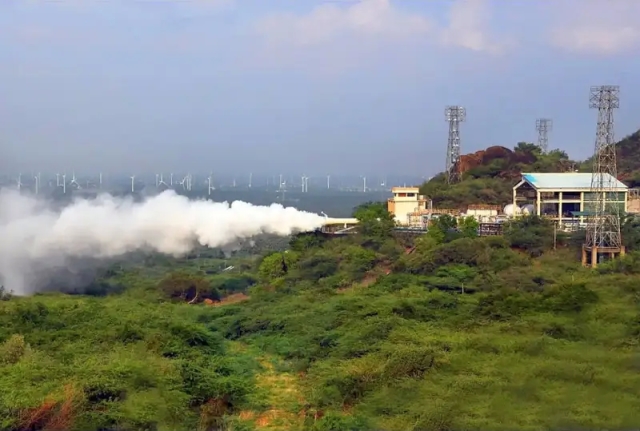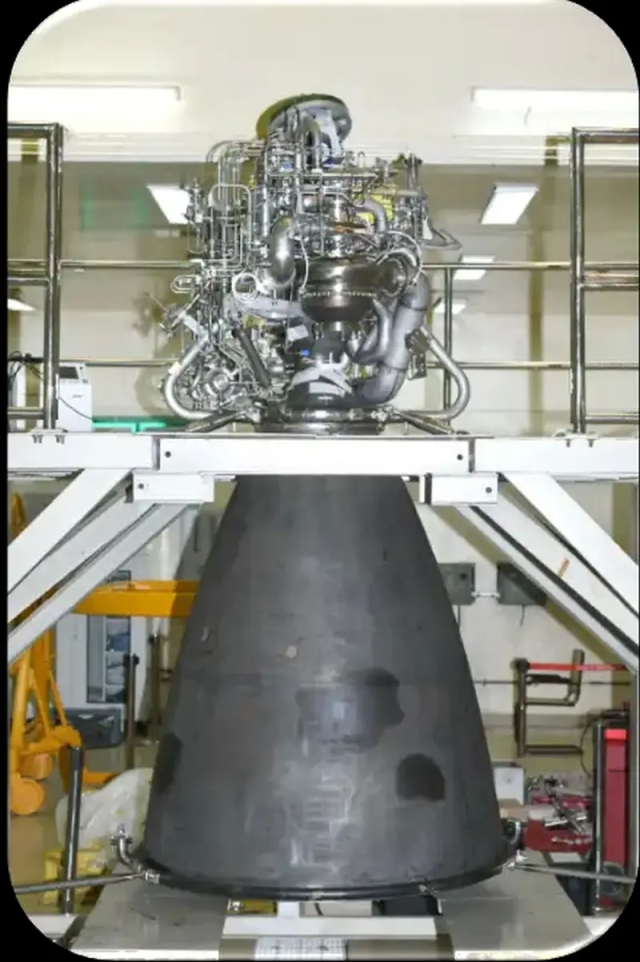
Image source: topwar.ru
India continues to successfully develop its space program, becoming one of the youngest countries in the world, independently exploring interstellar space. Last autumn, it was the Indian spacecraft Chandrayan-3 that successfully landed at the South Pole of the Earth's satellite for the first time.
The Indian Space Research Organization (ISRO) has notified about the successful tests of the new cryogenic engine CE20 of the LVM3 launch vehicle for the Gaganyan manned spacecraft (Gaganyaan) of its own design. The qualification test for compliance with the rating ended on February 13, 2024, according to a press release on the website of the national space agency.
The ground tests included life demonstration tests, endurance tests, and performance evaluation under nominal and extreme operating conditions, including thrust, mixture component ratio, and fuel tank pressure. The final test was the seventh in a series of vacuum ignition tests conducted at the ISRO Propulsion Complex, located on Mount Mahendragiri.
— it is reported in the press release.
In addition, ISRO has also successfully completed acceptance tests of the flight engine for the first Gaganyaan unmanned mission (G1), tentatively scheduled for the second quarter of 2024. This engine will power the upper stage of the LVM3 rocket designed to send humans into space and has a thrust capacity of 19 to 22 tons with a specific impulse of 442.5 seconds, the ISRO press service reports.

Image source: topwar.ru
